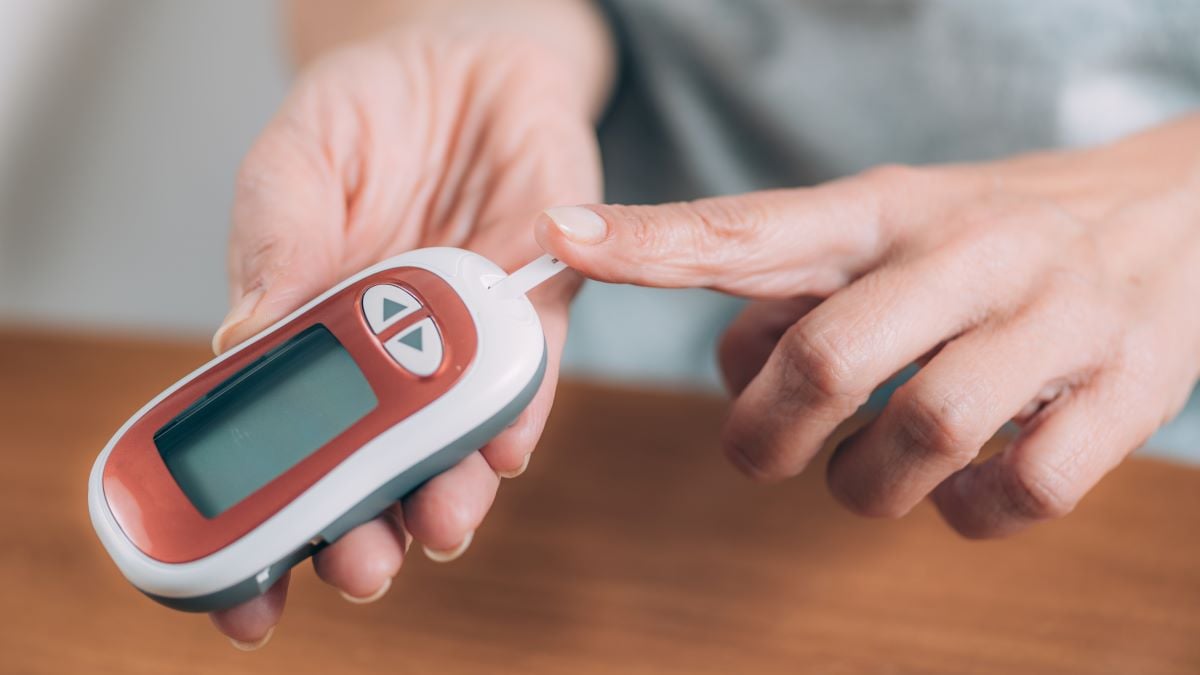Heme iron intake accounts for considerable proportion of the T2D link from unprocessed red meat and specific dietary patterns
By Elana Gotkine HealthDay Reporter
MONDAY, Aug. 19, 2024 (HealthDay News) — Heme iron intake is associated with an increased risk for type 2 diabetes (T2D), according to a study published online Aug. 13 in Nature Medicine.
Fenglei Wang, Ph.D., from the Harvard T.H. Chan School of Public Health in Boston, and colleagues analyzed data from 204,615 participants in large U.S. cohorts during up to 36 years to examine the associations between iron intake and T2D risk. Plasma metabolic biomarkers and metabolomics profiles were assessed in subsets of 37,544 and 9,024 participants, respectively.
The researchers observed an association between heme iron intake, but not non-heme iron intake, and an increased risk for T2D, with a multivariable-adjusted hazard ratio of 1.26 comparing the highest versus the lowest quintiles. Significant proportions of the T2D link with unprocessed red meat and specific dietary patterns were accounted for by heme iron. Correlations were seen for increased heme iron intake with unfavorable plasma profiles of insulinemia, lipids, inflammation, and T2D-linked metabolites. Metabolites such as L-valine and uric acid potentially mediate the relationship between heme iron and T2D.
“These findings have important public health implications in shaping guidelines to prevent diabetes by limiting the daily consumption of foods rich in heme iron, particularly red meat,” the authors write. “They also raise concerns about adding plant-derived heme to plant-based meat alternatives.”
One author disclosed financial ties to Vinasoy.
Copyright © 2024 HealthDay. All rights reserved.








